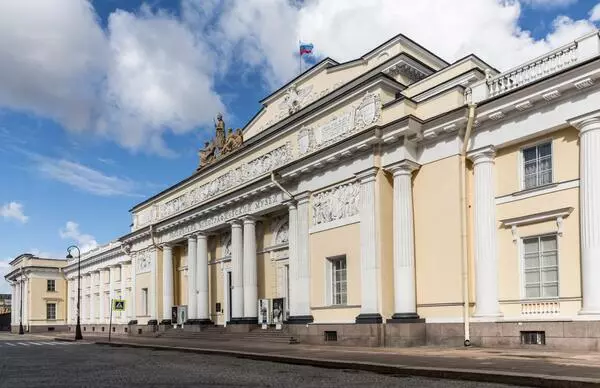The Russian Museum of Ethnography was founded in 1902 as an ethnographic department of the Russian Museum of Emperor Alexander III. In 1934, it was granted the status of an independent State Museum of Ethnography.
The main mission of the department was “to present the ethnographic landscape of our Fatherland, a picture of the peoples living in Russia and in its immediate vicinity”.
The museum’s collection is a history of life, everyday routine and religion of different peoples of Russia from the 13th to the 21st century. There are homespun costumes, a carved tooth of a sperm whale, clothes made of nettle and fish skin, shaman masks, silver boxes for phylacteries, authentic archival photographs, golden harness and a collection of personal gifts from the Imperial House of Romanov.
The Russian Museum of Ethnography introduces visitors to the culture of the East Slavic peoples and Moldovans, the peoples of the Caucasus and Central Asia, the Volga region and the Northwest, Siberia and the Far East, as well as objects of arts and crafts.
The collection has a total of over 700,000 exhibits covering 158 peoples of Russia. Currently, the museum is one of the largest ethnographic museums in the world.


